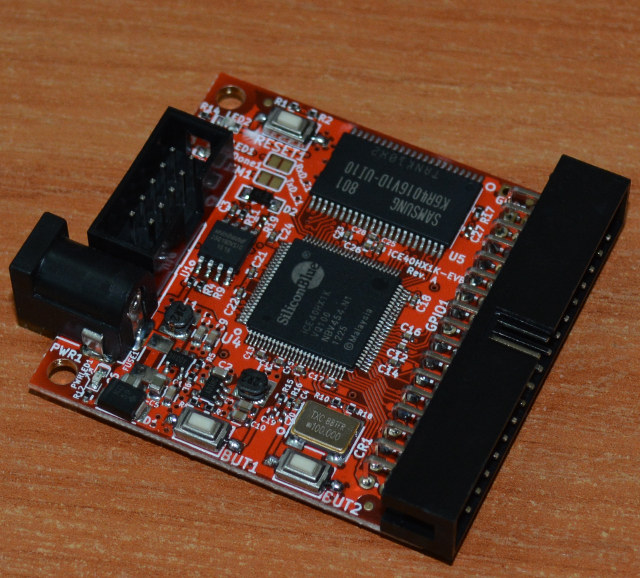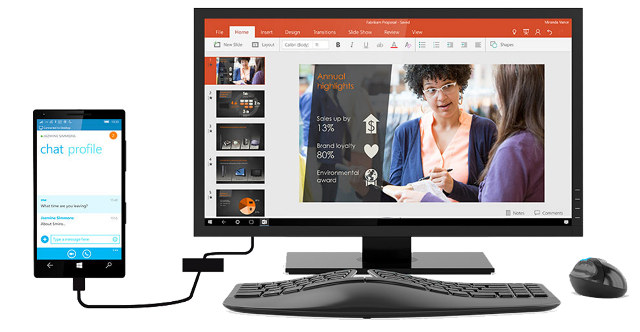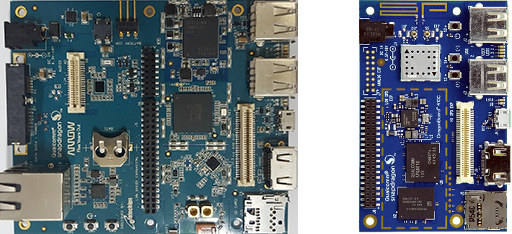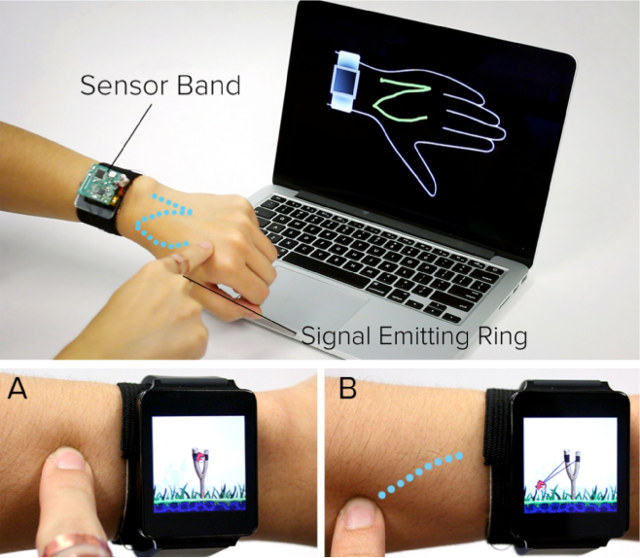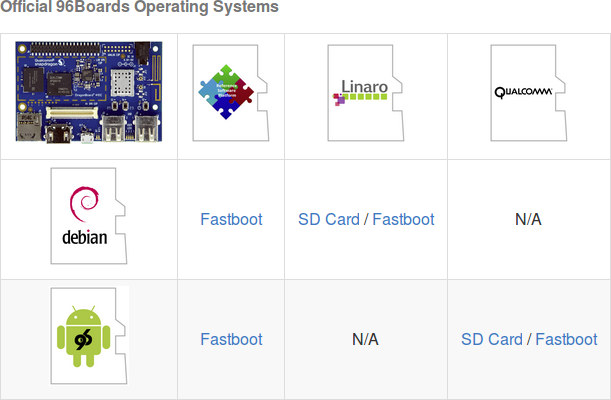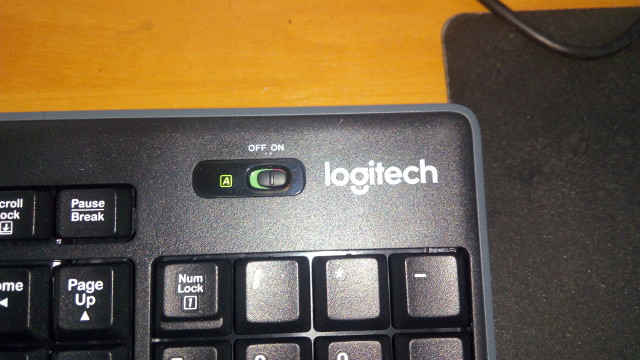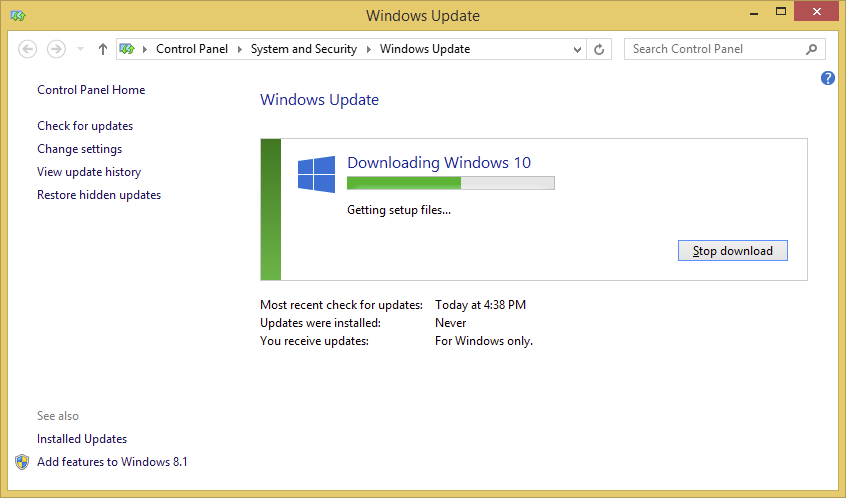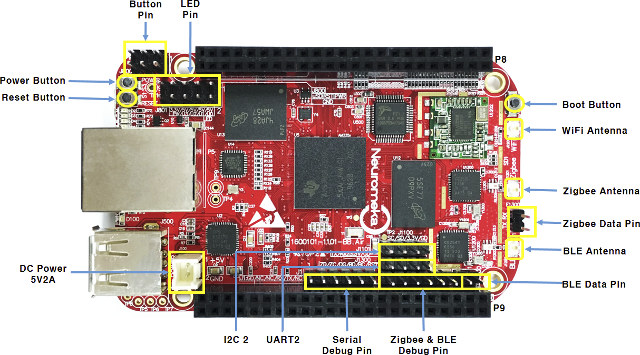Olimex has showcased a prototype of their small (5×5 cm) iCE40HX1K-EVB development board powered by Lattice Semi iCE40 FPGA, programmable with OLinuXino development boards via the UEXT interface, and compatible with Project Icestorm open source toolchain for Lattice iCE40. iCE40HX1K-EVB specifications: FPGA – Lattice Semi iCE40HX1K-VQ100 FPGA @ up to 533 MHz with 1280 gates, 160 Logic Array Blocks, and 64 kbit memory System Memory – 256Kx16 SRAM (Samsung K6R4016V1D-TC10 ) Storage – 2MB serial flash Expansion UEXT connector for programming 34-pin header to access FPGA I/Os Misc – 2x user buttons, reset button, 2x user LEDs Power Supply – 5V via power jack Dimensions – 5×5 cm (4-layer PCB) The company has also made four stackable add-on boards to connect to the 34-pin expansion header: iCE40-ADC fast 100Mhz ADC with BNC input connector for Digital Storage Oscilloscope (DSO) with up to 512 KB buffer iCE40-DAC fast 100Mhz DAC with […]
Moly PcPhone Runs Windows 10 Continuum on Qualcomm Snapdragon 617 Processor, Costs Less than $400
Mobile and PC convergence is slowly happening both on Ubuntu with devices like BQ Aquaris M10 Ubuntu Edition tablet, and various Windows 10 Continuum smartphones. The most affordable offering is likely to come from mainland China vendors, such as Moly PcPhone 6″ smartphone based on Qualcomm 617 octa-core Cortex A53 processor with 3GB RAM, and running Windows 10 Continuum. Moly PcPhone specifications: SoC – Qualcomm Snapdragon 617 Octa core Coretex A53 processor @ 1.5 GHz with Adreno 405 GPU System Memory – 3 GB RAM Storage – 32 GB flash + micreo SD slot up to 200 GB Display – 6″ Full HD (1920×1080) LTPS display; Gorilla Glass 3 Cellular Connectivity Dual SIM Dual Standby, Adaptive SIM Slot 2G GSM: Band 2/3/5/8 3G WCDMA: Band 1/6/8/9/19 4G FDD-LTE: Band 1/2/3/4/7/8/9/19/26/28B 4G TDD-LTE: Band 38/40/41 Wireless Connectivity – Wi-Fi: 802.11 a/b/g/n/ac, Bluetooth 4.0, and NFC Camera – 13MP auto-focus rear camera […]
Qualcomm DragonBoard 600c 96Boards Development Board Includes Ethernet and SATA
A few weeks ago, I was informed that some code about DB600c board powered by Qualcomm Snapdragon 600 processor (APQ8064T) was making it into mainline Linux, and more recently I found a website listing DragonBoard 600c with a low resolution picture of the board. While we don’t have the complete specifications yet, the form factor of the board is quite interesting, as we’ll find the typical 96Boards CE form factor on the right, and some extra interfaces on the left with Ethernet and SATA. It turns out, as we’ll see below, it’s perfectly compliant (hardware wise) with 96Boards CE “Extended Version” specifications. Preliminary specifications of DragonBoard 600c board: SoC- Qualcomm Snapdragon 600 (APQ8064 Fusion 3) quad-core Krait processor @ 1.7 GHz with Adreno 320 GPU @ 400MHz System Memory – 1GB or more RAM (TBD) Storage – eMMC Flash + micro SD slot + SATA port Video Output – HDMI […]
SkinTrack Controls Your Smartwatch with Gestures on Your Skin or Clothes
A group of researchers of the Future Interface Group, Carnegie Mellon University in the US, has worked on SkinTrack technology which enables continuous touch tracking on the skin by using a ring emitting high frequency AC signal, and a sensing wristband with multiple electrodes. They’ve created sensor band and ring prototypes to demonstrate the technology. The ring includes an oscillator that generated a 80Mhz sine wave at 1.2Vpp. It consumes 7mA during operating meaning that they could get 15 hours out of the 100 mAh battery used in the prototype. The wristband features four pair of electrodes coupled with AD8302 RF/IF gain and phase comparator chips in order to derive X and Y coordinates from the phase of the signal. The sensing board produces eight analog values which are sampled by Atmel ATMega328 microcontroller’s 10-bit ADC inputs, and transmitted to the watch using a Nordic NRF8001 Bluetooth Low Energy (BLE) […]
Debian on DragonBoard 410c Development Board
I purchased Qualcomm DragonBoard 410c development board last year, and first tested it and run some benchmark on the 96Boards compliant hardware with Android. I found that it was still work-in-progress, and decided to wait before trying Debian on the board. I’ve now done so, and will report by experience installing Debian Linux, playing with the board, and running Phoronix benchmarks to compare it to other ARM Linux boards. Installing Debian on DragonBoard 410c The first challenge is to navigate through the documentation that is not always clear or up-to-date. I eventually ended up on DragonBoard 410c Wiki on Github. You then have to decided which image you want. While there are two official operating systems with Android and Debian, you can three “entities” releasiong their own images. For Debian specifically, you have the Linaro image, and Reference Platform Build (RPB) image. I could not find any changelog or known […]
Num Lock, Caps Lock and Scroll Lock Keyboard Indicator for Ubuntu
My old USB keyboard recently started to miss keypresses, and some keys were even barely working, and cleaning up would not do, so I decided to buy a wireless keyboard and mouse combo with decent reviews namely Logitech MK270. It’s working well, but for some reasons, Logitech decided it was a good idea to make a keyboard without Num Lock indicator, and all I get is a Caps Lock indicator. I find this really annoying, as I never know in which mode the keypad is. I don’t have an hardware hack for this, but I discovered that you could install a Numlock, Caplocks and Scroll Lock indicator in Ubuntu:
|
1 2 3 |
sudo add-apt-repository ppa:tsbarnes/indicator-keylock sudo apt update sudo apt install indicator-keylock |
When you press capslock, numlock or scroll lock, you’ll get a notification of the change on the upper right corner of the desktop. You can also get a permanent indicator on the top bar for one of the keys: Caps […]
Windows 8.1 to Windows 10 Upgrade May Cost You After July 29, 2016
The first Bay Trail TV sticks and mini PCs were all pre-loaded with Windows 8.1, and so far Microsoft has let users upgrade to Windows 10 for free. I tested the upgrade on MeLE PCG01 and PCG03 last year, and while it took many hours, I could eventually get Windows 10 running on both systems without paying anything. But Microsoft is reminding users that the Free update offer will end soon: The free upgrade offer will end on July 29 and we want to make sure you don’t miss out. After July 29th, you’ll be able to continue to get Windows 10 on a new device, or purchase a full version of Windows 10 Home for $119. So if you’ve purchased a device with a proper Windows 8.1 license, you may consider upgrading to Windows 10 soon. If you do this on a devide with 32GB storage, you’ll get very […]
BeagleBone Air is a BeagleBone Black & Green Compatible Development Board with WiFi, Bluetooth LE, and Zigbee Connectivity
So far, if you wanted to add wireless connectivity to BeagleBone Black or BeagleBone Green, you’d either use a USB dongle, or a wireless CAPE, but Neuromeka, a Korean company has recently launched BeagleBone Air “IoT gateway” board, fully compatible with the two aforementioned boards (minus HDMI output), but adding on-board WiFi, Bluetooth LE, and Zigbee connectivity. BeagleBone Air specifications: SoC – Texas Instruments Sitara AM3358BZCZ100 Cortex A8 @ 1 GHz with NEON + PowerVR SGX530 GPU System Memory – 512 MB DDR3L @ 800 MHz Storage – 4GB eMMC + micro SD slot USB HS USB 2.0 client port (micro USB) HS USB 2.0 host poty (USB type -A) HS USB 2.0 host port on expansion header Connectivity 10/100M Ethernet (RJ45) WiFi 802.11 b/g/n via Realtek RTL8188US with SMA connector for antenna Bluetooth 4.0 LE via TI CC2541 with SMA connector for antenna Zigbee via TI CC2531 with SMA […]


